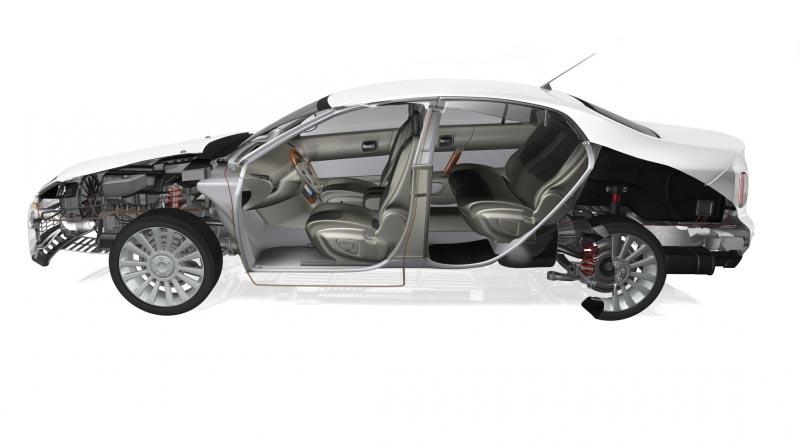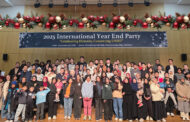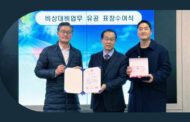Additive manufacturing, better known as 3D printing certainly has its place in the automotive industry. A recent study finds 3D printing of automotive parts could not only save millions of dollars in the product development process, but it also contributes towards saving other resources, such as fuel usage that could have a significant impact on the environment.
The Ministry of Trade, Industry & Energy (MOTIE) of Korea and its affiliated research institutes have recently embarked on establishing a frame for research strategy to strengthen competitiveness of automotive industry in Ulsan.
Under the supervision of MOTIE, a UNIST Professor Namhun Kim (School of Design & Human Engineering) will undertake an important new project with the City of Ulsan to explore ways to further apply 3D printing technology in the commercial automotive sector.
This R&BD project has been running as a national project among UNIST, Ulsan Economic Promotion Agency (UEPA), Ulsan Technopark, and Korea Institute of Industrial Technology (KITECH). Over the nect five-year period, the City of Ulsan will benefit from approximately $13 million in dedicated government funding through MOTIE.
Prof. Kim will be the person in charge of scientific and technical aspects of the project. As a director of the Center for 3D Advanced Additive Manufacturing, he will be devoting all of his time and energy to the development of the eco-friendly 3D printed automotive parts. He expects that the center will be also providing educational opportunities for the next generation of manufacturing engineers.
Using 3D printing technology to manufacture cars and its components is more cost-effective, as it reduces the overall manufacturing waste and consumption of raw materials compared to conventional manufacturing methods. However, with the current technology, it is impossible to make large-scale manufacturing afforable for small businesses because large-scale production involves high startup costs for making molds and tooling.
According to Prof. Kim, “This project will not only provide long-term economic benefits to Ulsan and its surrounding region, but will also help local manufacturers be competitive in the global marketplace.” He continues by saying, “On successful completion of this project, the City of Ulsan is expected to become a production base for 3D printing production technology.”















